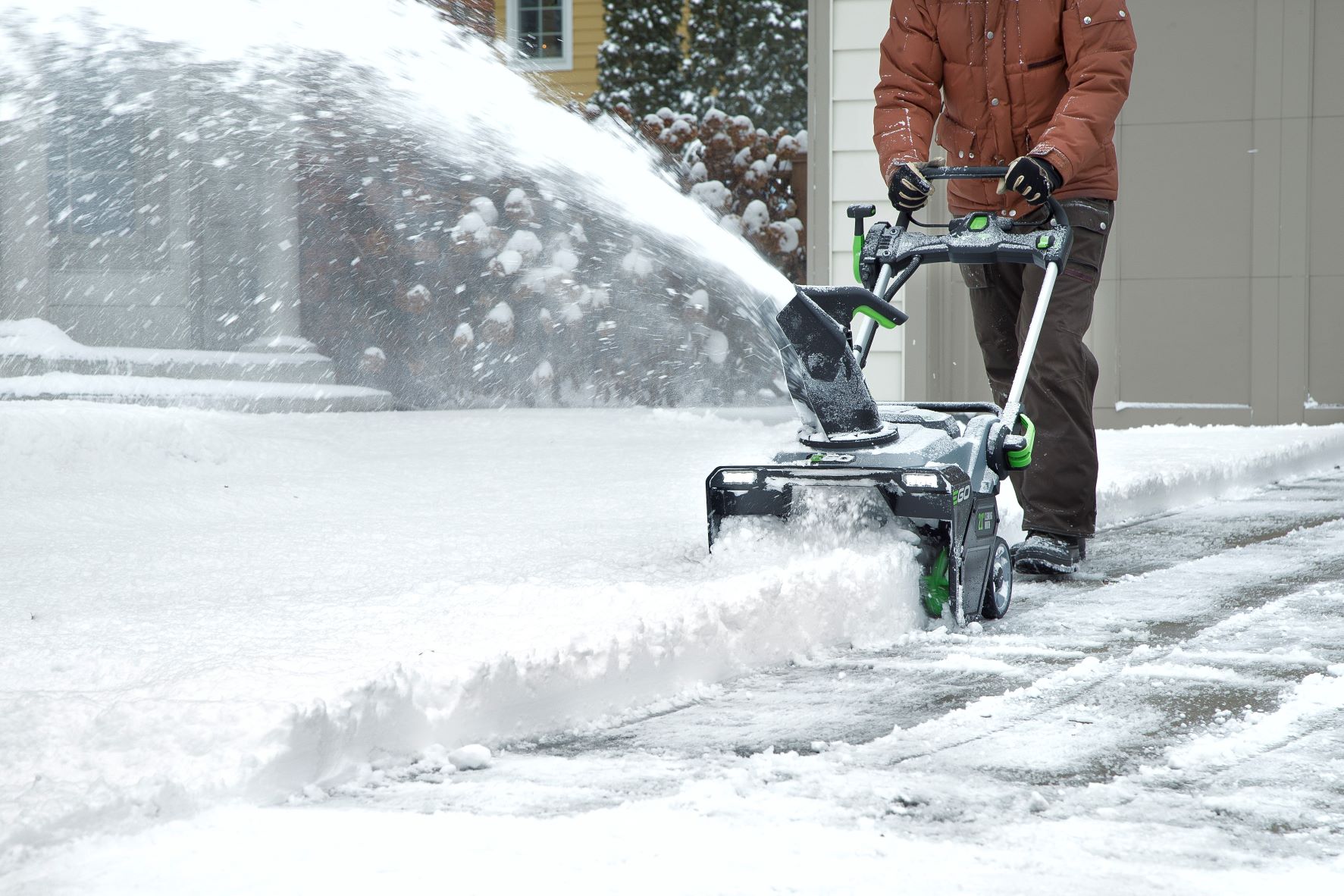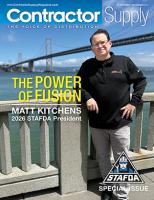OPEI Offers Tips for Prepping Power Equipment for Winter
Prep yard machines for hibernation and get that snowblower ready to work.
 After your lawn gets its last seasonal cut, it is time to put away spring and summer outdoor power equipment, like lawn mowers, leaf blowers, and trimmers. What’s next?
After your lawn gets its last seasonal cut, it is time to put away spring and summer outdoor power equipment, like lawn mowers, leaf blowers, and trimmers. What’s next?
Snow throwers, generators and other small engine equipment need to be readied for winter. How and when you prepare your equipment for seasonal changes can save you time and money later, says the Outdoor Power Equipment Institute (OPEI).
“Over the last few years, we’ve learned our outdoor spaces are more important than ever so making sure you’ve got the means to care for your yard is critical,” says Kris Kiser, President and CEO of the Outdoor Power Equipment Institute. “Preparation is everything -- understanding how to store equipment and get it serviced, how to operate it safely, and how to ready your space to use that equipment.”
OPEI encourages everyone to follow their manufacturer’s guidelines and to keep kids and pets away from operating equipment at all times. Here are a few tips to ensure proper equipment storage, maintenance and safe handling:
1. Review owner’s manuals. Know how to handle equipment safely including how to turn off equipment quickly and safely. Lost manuals can be found online. Save a copy on your computer, so it can be consulted when needed.
2. Service all equipment. Before storing spring and summer equipment, clean and service it or take it to a small engine repair shop. Drain and change engine oil and safely dispose of old oil. Service the air filter, and do other maintenance as directed by the owner’s manual. Check winter equipment and see if any maintenance and repairs are required.
3. Handle fuel properly. Unused fuel left in gas tanks over the winter can go stale and even damage equipment. Before storing equipment, add fuel stabilizer to the gas tank, then run the equipment to distribute it. Turn the engine off, allow the machine to cool, then restart and run until the gas tank is empty. For winter equipment, buy the recommended type of fuel no more than 30 days before use. Use fuel with no more than 10% ethanol in outdoor power equipment. Use a fuel stabilizer if recommended by the manufacturer. Get more information at LookBeforeYouPump.com.
4. Charge batteries. Remove and fully charge batteries before storing. Don’t store batteries on metal shelves or allow them to touch metal objects. Store them on a plastic or wood shelf in a climate-controlled structure.
5. Shelter equipment from winter weather. Store spring and summer equipment in a clean and dry place such as a garage, barn or shed. Winter equipment should be kept away from the elements, but be easily available for use.
6. Prepare, prepare, prepare. Make space in the garage or basement before the weather changes, so there is room to store larger yard items. Clean up your yard. Remove sticks, debris, dog and kid’s toys and other items that can damage or destroy equipment. Clear the paths used regularly in your yard.
7. Use generators with care. Keep heavy duty weatherproof extension cords on hand. Ensure the length of the cord will connect to the generator when it is a safe distance from the house or building. Never operate a generator indoors, in a garage, breezeway or under an open window. Install a carbon monoxide detector in your home.
Learn more at https://www.opei.org/
















